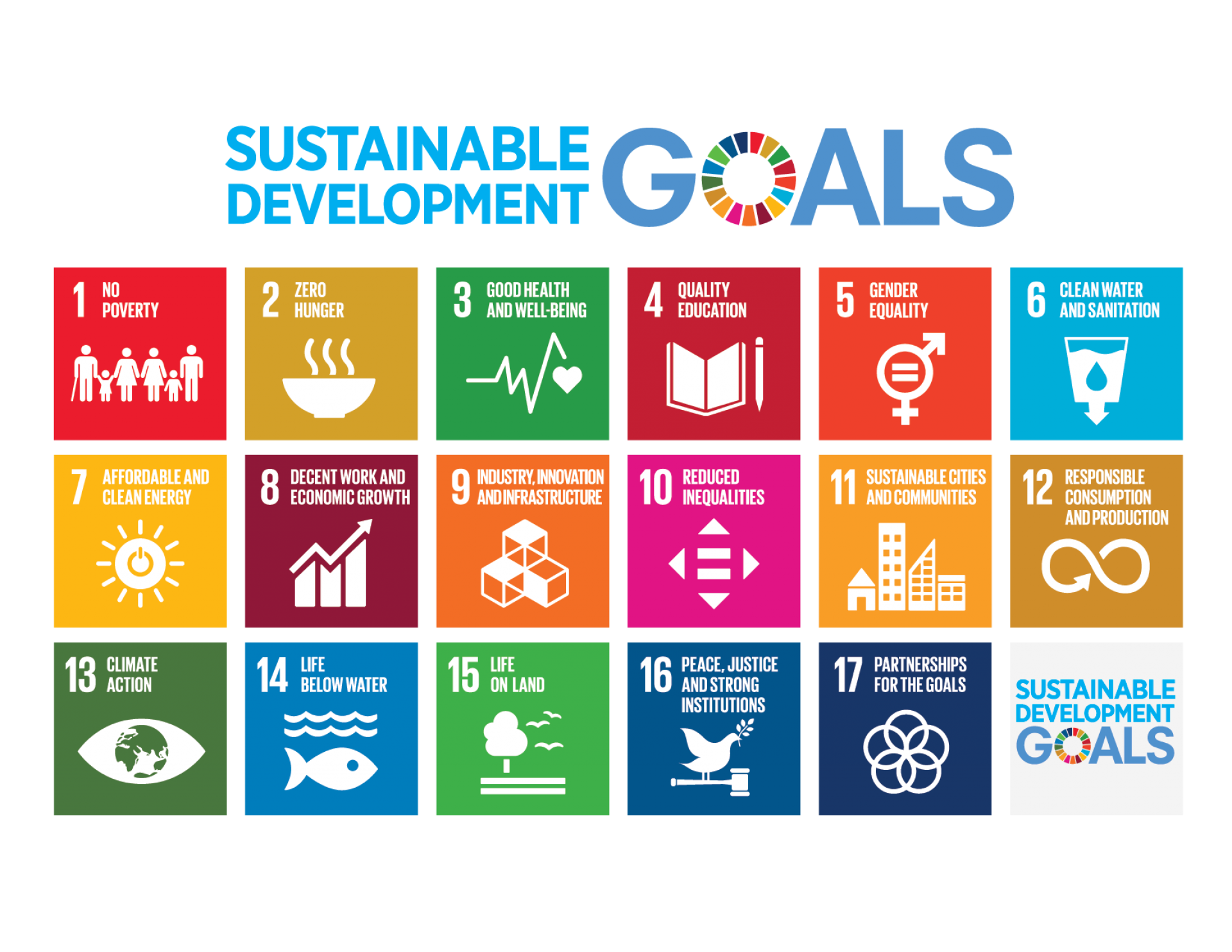
M.IOM
Sustainable development goals and migration
The third season of the Model International Organization for Migration (MIOM) marked a significant evolution in both the goals and structure of the model. Dr. Adla Rajab, the unit coordinator, emphasized the importance of integrating migrants into global plans and strategies, especially the Sustainable Development Goals (SDGs). This season focused on identifying ways to include migrants in sustainable development plans and how countries can leverage the potential contributions of migrants to boost economic growth. Migrants bring diverse skills, experiences, and entrepreneurial spirit to their host countries.
Under the leadership of Manar Elsehmawey, the model's structure was enhanced from having just two departments (representing the International Organization for Migration committees and Egyptian ministries) to five main departments. This development allowed the model to comprehensively address migration issues within Egypt and the international community by simulating the International Dialogue on Migration (IDM). The third season proudly became the first student activity worldwide to simulate the IDM, founded in 2001 as the principal forum for the IOM to discuss migration policies with member and observer states, as well as international and non-governmental organizations, regional organizations, migrants, media, academia, and the private sector.
The program also expanded its training activities to include preparatory sessions designed to enhance students' personal abilities, research skills, debate, presentation, and public speaking, ensuring they are continuously able to develop and become active members of the model. These sessions took place before the opening sessions of the model, which involved collaboration between the Migration Research Unit, the Ministry of Planning and Sustainable Development, and the Ministry of Immigration and Egyptian Expatriates Affairs.

Part 1
A group of students representing Egyptian ministries and authorities concerned with migration and asylum in Egypt, such as:
This department will focus on simulating the Global Conference on the International Dialogue on Migration by selecting some students as representatives of international organizations, such as:
A group of students will simulate some Egyptian civil society organizations that play a crucial role in addressing migration issues and advocating for migrants' rights and well-being. They undertake initiatives and activities to support migrants, raise awareness, and provide services in addressing migration issues.
These teams provided the necessary support to students to produce the best version of the model:
Part 1
Focus shifted to intercultural competence skills with a session led by Ms. Salma Okasha from the International Organization for Migration. Manar Al-Sahrawi, a fourth-year political science student and head of the simulation model, gave an overview of this year's model and highlighted key issues from previous seasons.
Ms. Dalia Amin, Lecturer of Performance and Presentation Skills at the American University in Cairo, conducted a workshop on public speaking and presentation skills. Students also practiced their debate skills under Ms. Amin's supervision.
Dr. Hesham El-Halaby, Advisor at the Military Academy for Graduate and Strategic Studies, discussed the implications of international crises and conflicts on migration and asylum. Assistant Lecturer Mona Said presented a case study on migrant rights in UAE labor laws.
Prof. Dr. Nourhan El-Sheikh addressed the impact of migration issues on international politics and migration indicators. Dr. Ahmed Hamdoun concluded with a session on establishing a just and supportive international community for migrants and development.
Out of these, 180 students were accepted, including 122 female students and 58 male students. The model also witnessed the participation of many international students from Cairo University, representing different nationalities, such as Sudanese, Algerian, Iraqi, Palestinian, and Zambian students.
The model saw diverse participation from different faculties of Cairo University, as follows:
